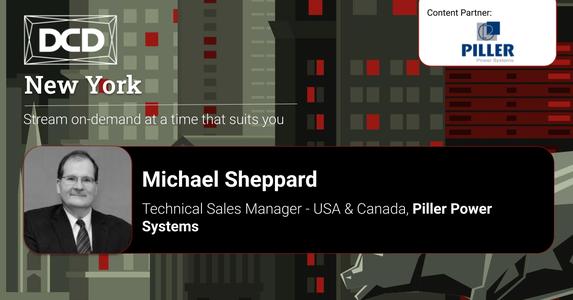
Carbon Reduction in Large Scale Data Centers means answering tough sustainability questions and making the right technology decisions
Aggressive goals have been set by commercial and cloud hyperscale data center operators as they seek to remove carbon production and emissions from their businesses.
Well known household brands such as Microsoft and Google and firms better known in the data center industry such as AWS and Equinix are among large scale data centre operators committed to carbon net zero or carbon neutral operations by the end of the decade.
These are common goals and objectives are shared by many businesses who are the customers of large data center operators across all markets and industries.
They are looking for a response! And it is to be achieved in the context of surging demand.
Any path to sustainability puts greater emphasis on technology and design choices for the data center ecosystem and raises questions about power losses, consumption and emissions.
It means asking tough questions:
In a large data center what does power and energy look like now, and in the future?
How can sustainability be achieved?
Does tackling sustainability introduce complexities to the power scheme?
What are the economics?
Is the chosen approach economically sustainable? (Cost effectiveness does not always translate to sustainability!)
To add complexity to the issue data center power sustainability must be achieved just as major changes are happening in power generation, supply and distribution. A new energy mix is creating less stability, less headroom and in some cases insufficient capacity in the network.
For data center operators this could mean being faced with using standby generation more frequently and therefore potentially risking higher emissions, higher waste and less sustainability just when they are trying to achieve exactly the opposite!
Sustainable Power Chain Infrastructure – UPS and Energy Store
This shifts the emphasis to power chain infrastructure – specifically the UPS and its energy store.
In any data center of scale the power flows from utility to load and supply equals demand. Traditionally change in load is met with change in utility supply and a UPS system is simply providing a second alternative source.
However, we are seeing the emergence of a “new Power Triangle.” A Bi-directional UPS with a suitable energy store creates a new Power Triangle that can optimize the use of energy while maintaining and protecting the critical load.
Using a Bi-directional UPS as part of microgrid systems the utility can become a load itself as demand outweighs variable supply. When variable supply outweighs load demand the energy store absorbs the excess. In economic terms data centers can also create additional revenue streams by maximizing energy storage assets, whether battery or flywheel energy storage systems. This enables the data center operator to be in control of the power demand and reduce the cost of powering the facility while prioritizing critical load.
Medium Voltage Advantages
Another consideration is that power generated through renewables is typically connected at the medium voltage level. In the data center MV means less energy use through lower losses, fewer cables are needed, and less space is required.
Operating at medium voltage level should be compared with the large losses associated with the low voltage solutions with traditional UPS, cable and transformation infrastructure.
For medium voltage application, traditional Static UPS would require transformation at the input and output. Single entity UPS solutions like the Piller UB-V series incorporate native medium voltage magnetics designed at the desired utility voltage class, with a single low loss transformation to the low voltage energy store only.
Low voltage has many limitations, medium voltage does not, enabling larger power systems with lower losses. Medium voltage UPS application in Data Centers enables various large power system designs including parallel redundant, isolated redundant and also isolated parallel. Medium voltage UPS and energy store interfaces better with medium voltage renewables, which takes us back to the new Power Triangle.
The complex challenges of delivering sustainability in large scale data centers should not be underestimated.
Power chain design, infrastructure technology choices and operational resilience must combine if data centers are to run as carbon neutral businesses that meet operator responsibilities and market needs.

Virtual Event DCD New York June 21, 2021.
Medium voltage and carbon reduction in large scale data centers.
Presented by Mike Sheppard, Technical Manager, Piller Power Systems Inc.
Watch the OnDemand session here: https://www.datacenterdynamics.com/en/conferences/new-york/2021/session-five/#presentation

Opinion. Medium voltage and carbon reduction in large scale data centers by Dean Richards, CEO Piller US
https://www.datacenterdynamics.com/en/opinions/medium-voltage-and-carbon-reduction-in-large-scale-data-centers/
